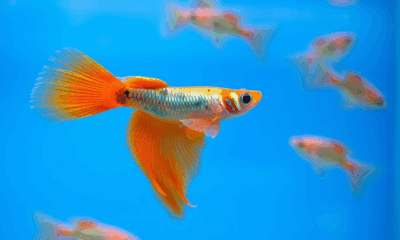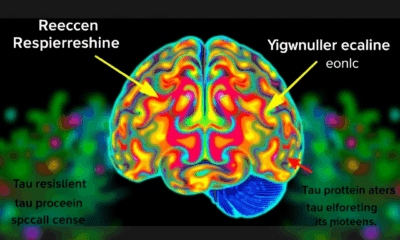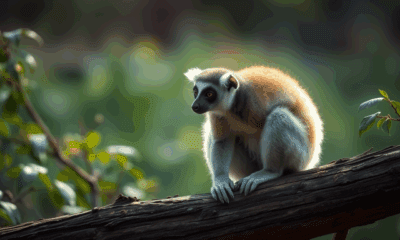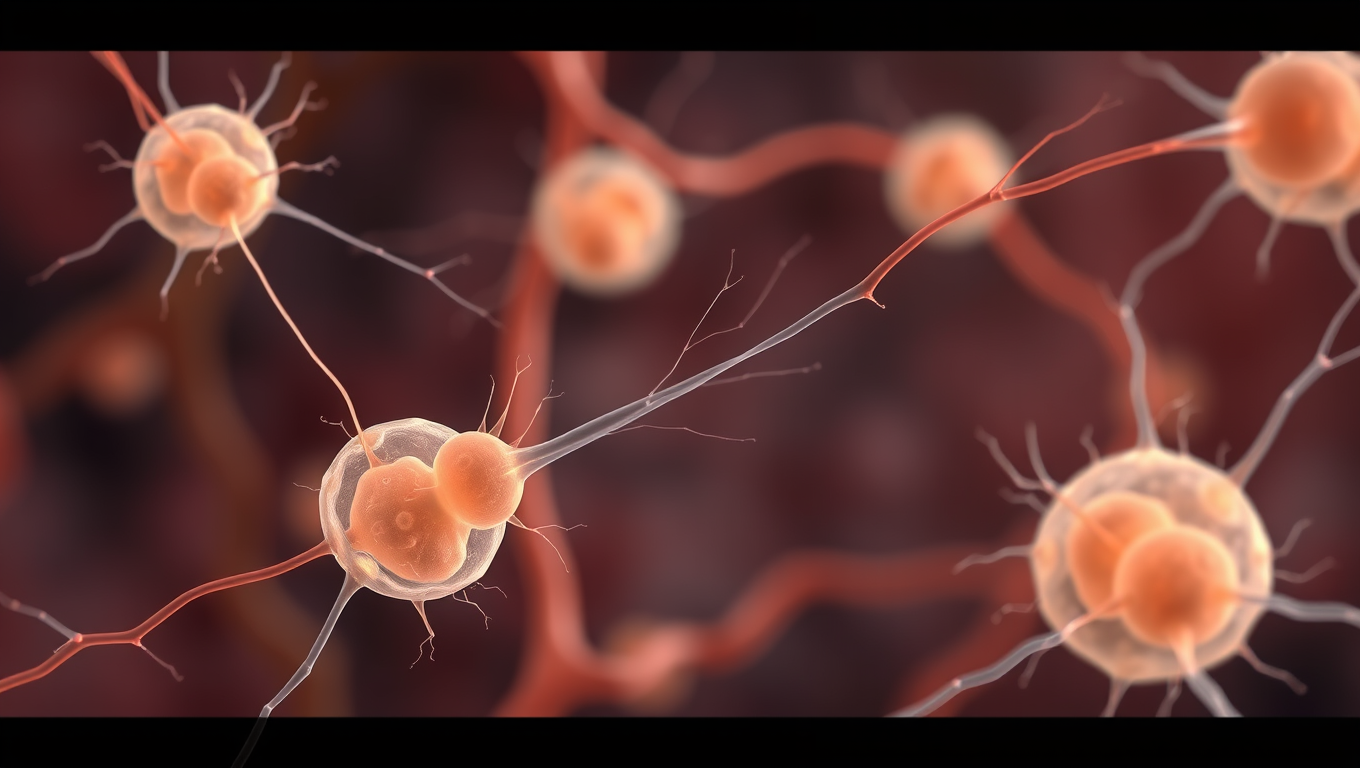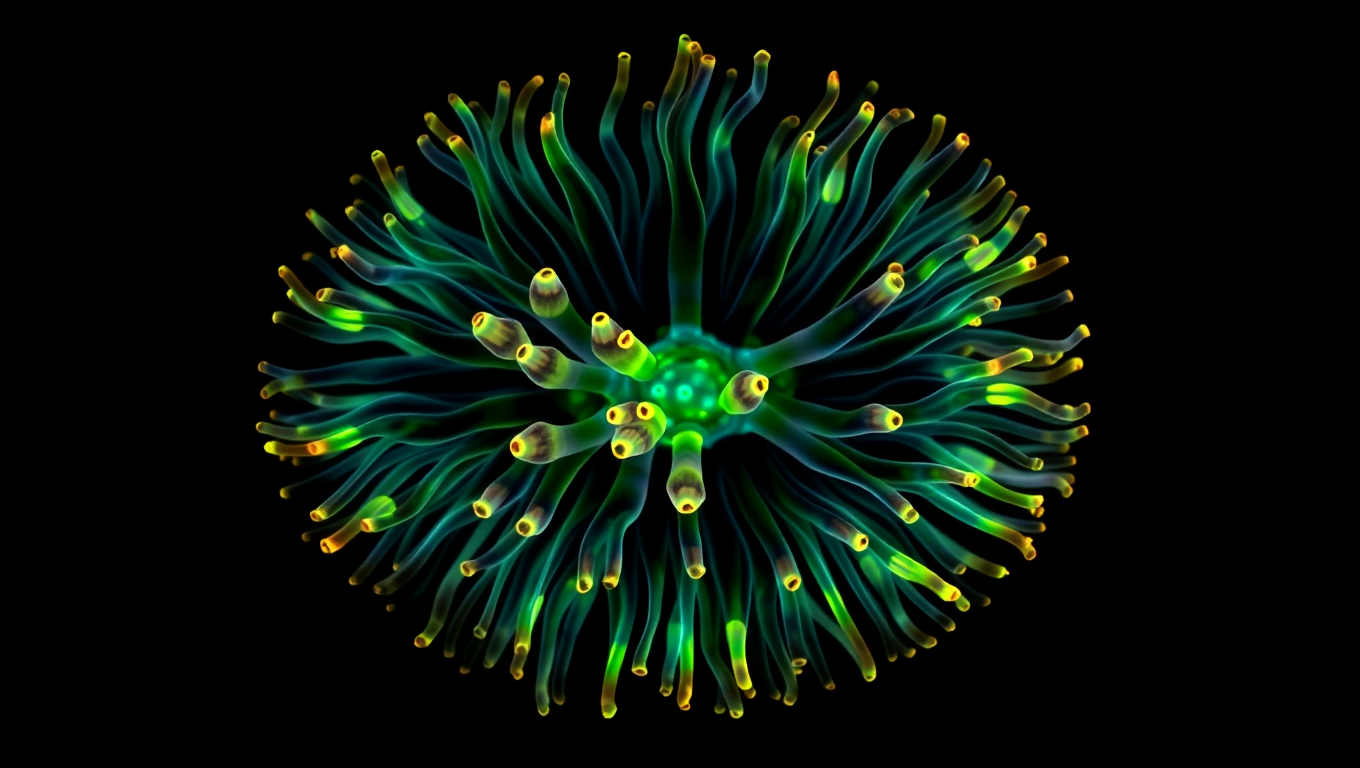While we try to keep things accurate, this content is part of an ongoing experiment and may not always be reliable.
Please double-check important details — we’re not responsible for how the information is used.
Developmental Biology
“Evolution of Defense: How Cells Adapt to Malicious Jumping Genes”
Adverse genetic mutations can cause harm and are due to various circumstances. ‘Jumping genes’ are one cause of mutations, but cells try and combat them with a specialized RNA called piRNA. Researchers have identified how the sites responsible for piRNA production evolve effective behaviors against jumping genes. This research could lead to downstream diagnostic or therapeutic applications.
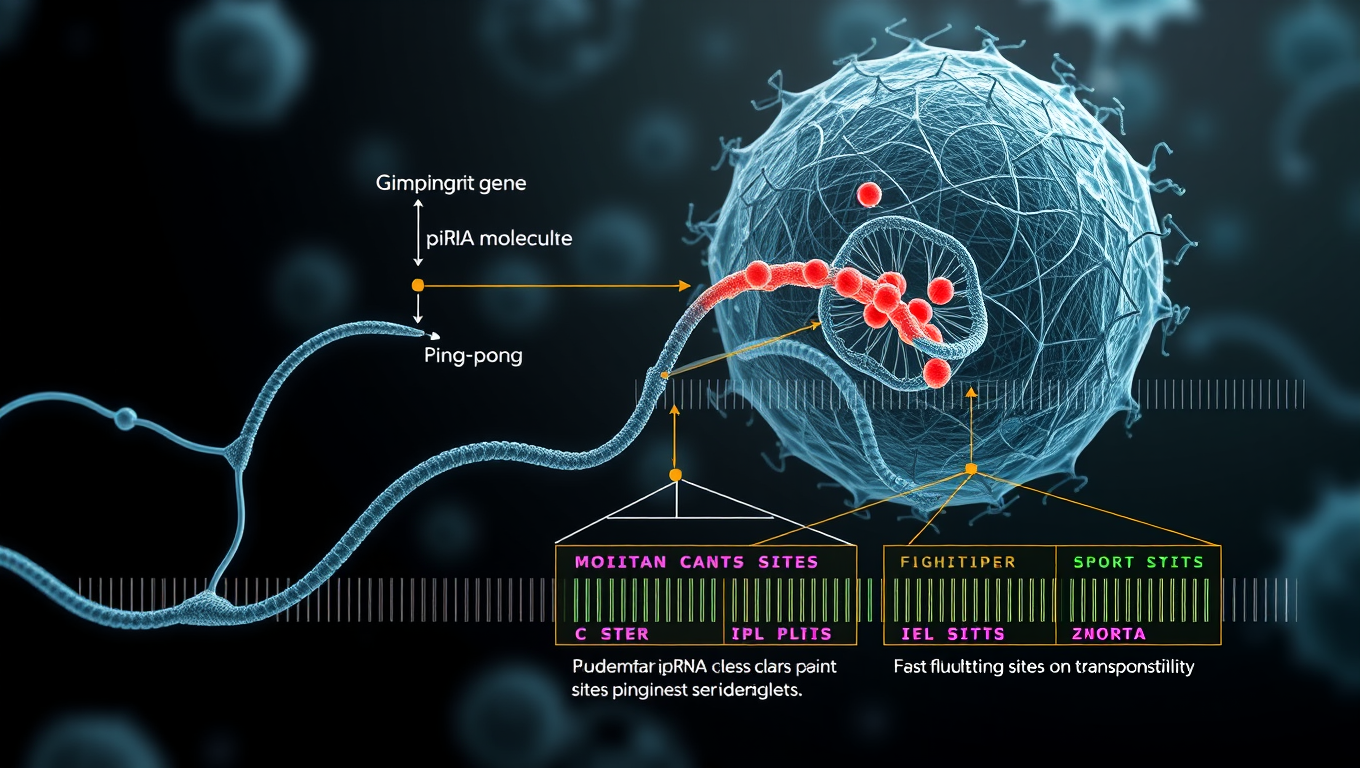
Biochemistry Research
The Whispering Womb: Uncovering the Secret Language of Embryonic Cells
Scientists found that embryonic skin cells “whisper” through faint mechanical tugs, using the same force-sensing proteins that make our ears ultrasensitive. By syncing these micro-movements, the cells choreograph the embryo’s shape, a dance captured with AI-powered imaging and computer models. Blocking the cells’ ability to feel the whispers stalls development, hinting that life’s first instructions are mechanical. The discovery suggests hearing hijacked an ancient force-sensing toolkit originally meant for building bodies.
Cell Biology
A 600-Million-Year-Old Body Blueprint Uncovered in Sea Anemones
Sea anemones may hold the key to the ancient origins of body symmetry. A study from the University of Vienna shows they use a molecular mechanism known as BMP shuttling, once thought unique to bilaterally symmetrical animals like humans, insects, and worms. This surprising discovery implies that the blueprint for forming a back-to-belly body axis could date back over 600 million years, to a common ancestor of cnidarians and bilaterians.
Agriculture and Food
The Hidden Pause: How Bumble Bee Queens Keep Their Colonies Alive
Bumblebee queens don t work nonstop. UC Riverside scientists discovered that queens take strategic reproductive breaks early in colony formation likely to conserve energy and increase the chance of survival. These pauses aren t due to stress but are a built-in response to brood development stages. The study shows queen behavior is far more flexible and dynamic than previously thought, potentially offering new insights into how to protect declining bee populations.
-

 Detectors3 months ago
Detectors3 months agoA New Horizon for Vision: How Gold Nanoparticles May Restore People’s Sight
-

 Earth & Climate4 months ago
Earth & Climate4 months agoRetiring Abroad Can Be Lonely Business
-

 Cancer4 months ago
Cancer4 months agoRevolutionizing Quantum Communication: Direct Connections Between Multiple Processors
-

 Agriculture and Food4 months ago
Agriculture and Food4 months ago“A Sustainable Solution: Researchers Create Hybrid Cheese with 25% Pea Protein”
-

 Diseases and Conditions4 months ago
Diseases and Conditions4 months agoReducing Falls Among Elderly Women with Polypharmacy through Exercise Intervention
-

 Albert Einstein4 months ago
Albert Einstein4 months agoHarnessing Water Waves: A Breakthrough in Controlling Floating Objects
-

 Chemistry3 months ago
Chemistry3 months ago“Unveiling Hidden Patterns: A New Twist on Interference Phenomena”
-

 Earth & Climate4 months ago
Earth & Climate4 months agoHousehold Electricity Three Times More Expensive Than Upcoming ‘Eco-Friendly’ Aviation E-Fuels, Study Reveals

